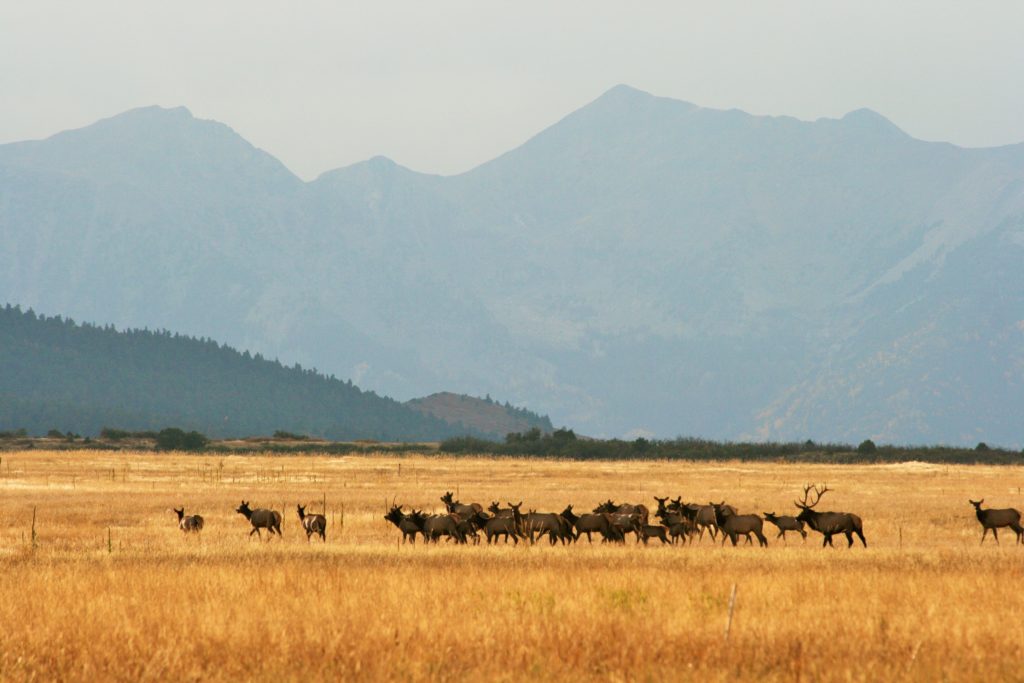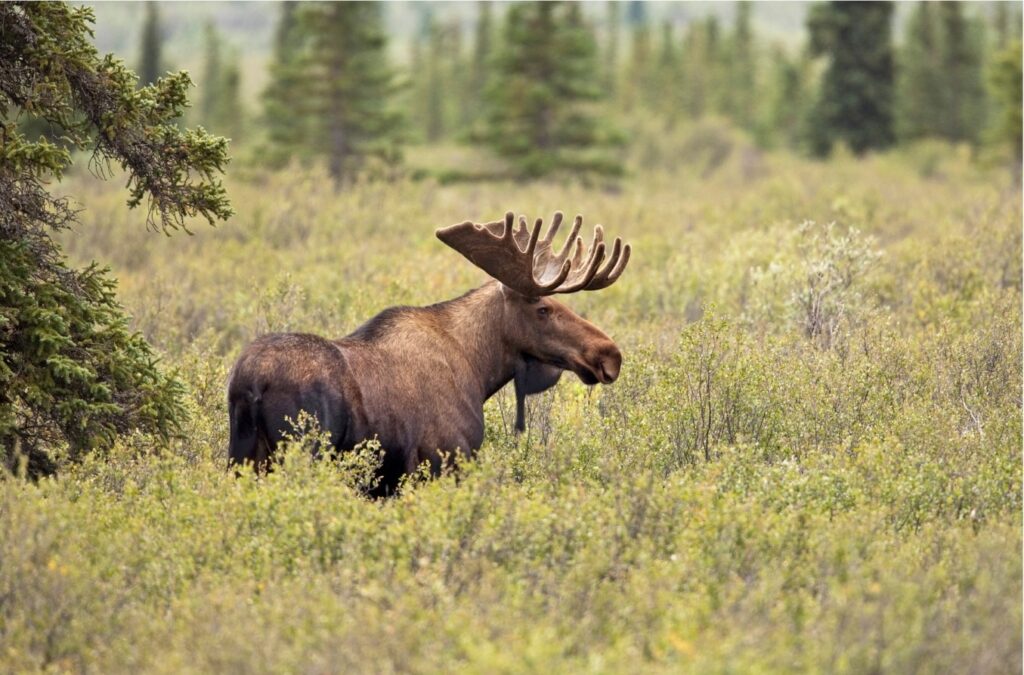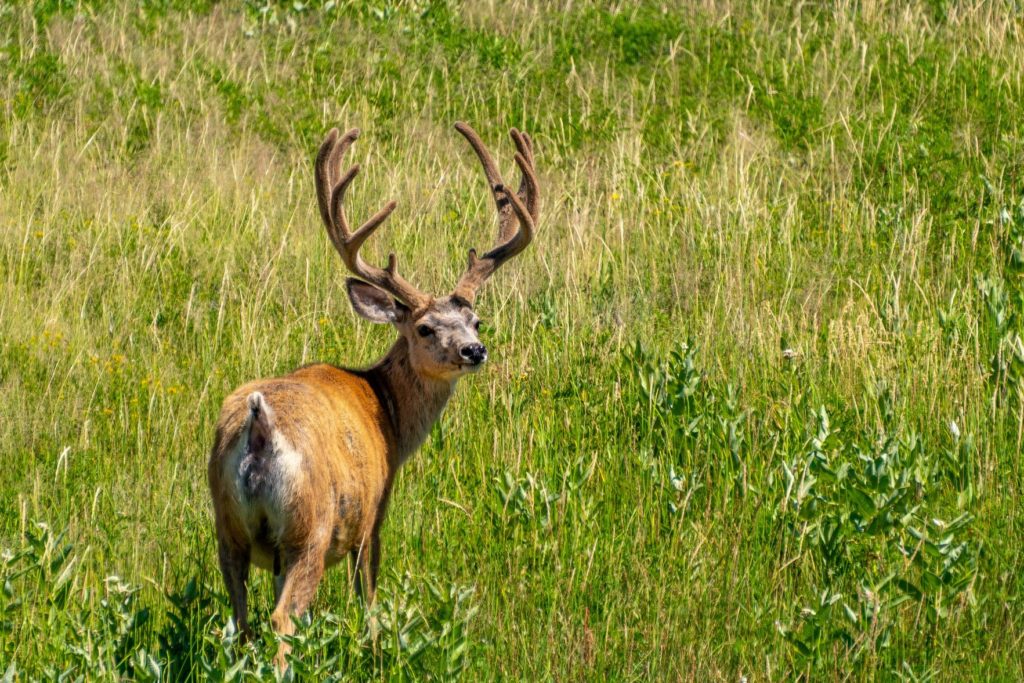
Sign in
Sign in to save favorite properties and equipment, save your search parameters and more
Don’t have an account yet? Sign Up Now
Sign up
Already have an account? Login Now


Sign in
Sign in to save favorite properties and equipment, save your search parameters and more
Don’t have an account yet? Sign Up Now
Sign up
Already have an account? Login Now
Duncan Clark knows cattle ranching. Growing up in a ranching family in West Texas, he learned the life balance between the magic of wide open spaces and the work it takes to maintain them early on. These days, he lives along Colorado’s Front Range, just shy of the Wyoming border, a short drive from his family’s 6,500-acre cattle ranch where he spends much of his time.
After graduating from Colorado State University with a degree in finance and real estate, Duncan turned his love of the land into a full-time job as a recreational real estate agent for Hayden Outdoors. He’s gone on to help broker a number of notable ranch real estate transactions in the past decade. From summers spent mending fences to balancing the intricacies of maintaining forage in the extreme winter months for wildlife and stock alike, Duncan understands the rhythms of ranch land like few others do. At the heart of that connection is a passion for the intersection of wildlife and ranching. Duncan is an expert in managing and maintaining range and wildlife habitat in a way that elevates both.
“Wildlife management on a ranch is critical for a lot of reasons. The healthier the animal population, the more your ranch is going to be worth.” From guided hunting and fishing income to proper land and habitat management, Duncan dives into the key factors to consider when managing wildlife on ranches in the West.

Ranches in the West provide ideal habitat for deer, elk, and antelope. Commonly, a ranch will be home to one or two of these species, but if you’re lucky enough to gain access to an expansive ranch in the western plains, you might come across all three. Additionally, ranches with viable water sources, including rivers, streams, ponds, or lakes can offer premier fishing. But as Duncan is quick to point out, you don’t have to be an avid hunter to want to manage the wildlife on your property. “The unique thing about land is that it’s an investment you can enjoy. Maybe you hunt; maybe you don’t. Regardless, driving around a ranch watching herds of elk and deer is a pretty special thing to see”
That said, hunting and fishing can be a viable income opportunity for ranchers in the West. Hunters and anglers spend an estimated $2 billion annually in Colorado alone. “Wildlife is big business in the West, and it provides incentives for landowners to manage this profitable resource, whether the focus is on cattle, farming, or recreation.” Guided elk hunts can garner anywhere from $5,000-$20,000 a hunt depending on trophy quality. If a rancher is able to work with a local outfitter or guide to lease the land for hunting, the revenue can offset a large portion of ranch expenses.
Before you begin building your wildlife management plan, it’s important to outline and understand your objectives. This includes the wildlife population objective that will dictate how many animals to harvest from the property each year in order to maintain healthy herd numbers. It’s also essential to work with an expert – local fish, wildlife, and land managers as well as nearby guides and outfitters – in order to optimize both wildlife and cattle health on the ranch. Start by evaluating how many animals you currently have on the property. Trail cams are an extremely useful tool for this. Additional considerations include the size of your property, any adjacent public lands or ranch sizes, and if there’s a well known hunting outfitter in the area. If so, how many animals are they harvesting?
Assess the habitat health, including water sources, food plots, vegetation, and landscape. From there, develop a management plan that balances your economic and conservation goals, working to maximize revenue while simultaneously catering to wildlife health and safety on the property. Manage and monitor progress throughout hunting seasons and year to year.

Duncan outlines the following guidelines for optimum wildlife habitat management on western ranches:
Maintaining healthy populations, including cattle, deer, elk, and antelope, on your ranch is another pillar of ranch wildlife management. If overgrazing or overpopulation become an issue, you might need to manipulate habitat in order to draw one species to a different part of the ranch. Another important aspect of wildlife population management is the utilization of predator control. Predators are elemental to a healthy ecosystem – every ranch needs a sound predator control program to benefit both wildlife and cattle – but again, ranchers need to understand the ideal predator population for their land.
When opening your ranch land to hunting, fishing, and trapping, make sure you do so with best practices top of mind. Has everyone hunting the property taken any necessary hunter’s safety course? Know when to fish, and when doing so might stress fish populations. Talk with local outfitters, guides, and other experts about current trapping regulations. Doing so will help ensure your ranch is hunter- and angler-friendly for years to come.

As Duncan will tell you, the primary financial goal of any ranch is to break even. Wildlife can be a key factor in doing so. “If you’re running a hunting outfitter on your ranch property, you can certainly offset a lot of your operational costs.” These regulations and opportunities vary state by state. Colorado and New Mexico are very land-owner friendly, for example. If you’re looking at ranches for sale in Montana, Wyoming, Colorado, New Mexico, or Arizona, it’s important to work with a ranch real estate specialist to learn more about the revenue opportunities for that particular property.
Of course, the benefits of having wildlife on your ranch go far beyond potential profits. Wildlife and cattle can pair perfectly when it comes to maintaining habitat health, with opposing grazing and range seasons. There’s the opportunity to watch out the truck window as herds of elk or deer or antelope make their way across your acres. Those who don’t have immediate access to wild spaces and species can find it on your land. Wildlife management on your ranch runs the right direction both ways, providing safe, healthy refuge for the animals and a balanced value-add for your property.
Wildlife management on western ranches is the future of this unique way of life. If you’re interested in buying ranch land where you can prioritize wildlife management, the recreational real estate agents at Hayden Outdoors are experts in the field. And if you simply want to learn more about how you can integrate healthier wildlife management practices into your ranch, give Duncan Clark a call. With a lifetime of ranching in his back pocket, he’s your guy.